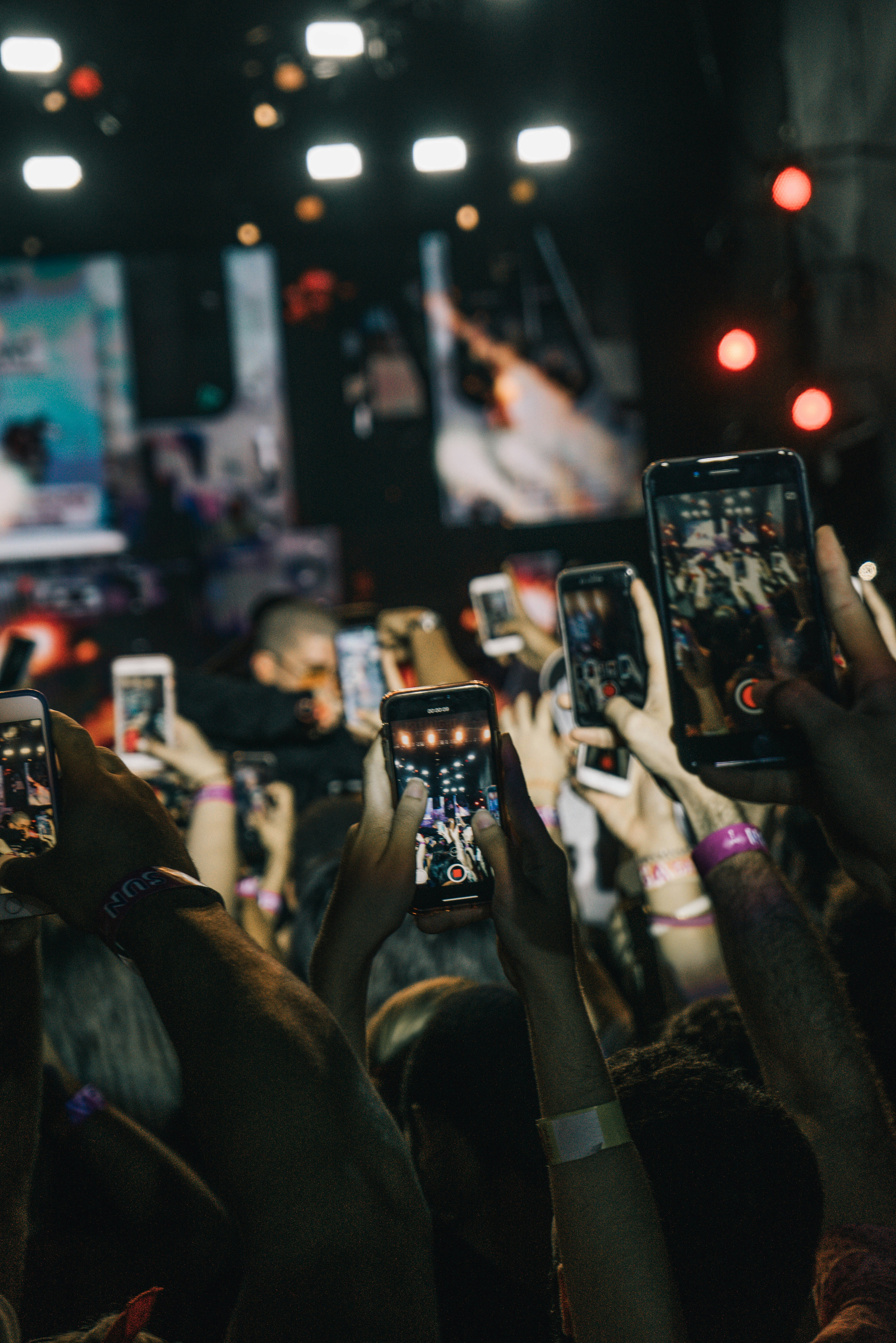MARKETING ANALYTICS
Measuring Creator Marketing ROI: Metrics That Matter

By George Karmas
Analytics Specialist • March 15, 2025
Learn the key metrics brands should track to accurately measure the impact of their creator marketing campaigns

Table of Contents
- Introduction: The ROI Challenge in Creator Marketing
- Why Brands Track the Wrong Metrics
- A Multi-Touch Attribution Framework for Creator Marketing
- The 5 Key ROI Metrics You Should Be Tracking
- Setting Up Your Measurement Infrastructure
- Case Study: How BeautyBrand Transformed Their ROI Tracking
- The Future of Creator Marketing Measurement
Introduction: The ROI Challenge in Creator Marketing
As creator marketing matures from an experimental channel to a cornerstone of modern marketing strategy, the pressure to demonstrate clear return on investment has intensified. Yet 68% of brands still struggle to accurately measure the impact of their creator partnerships.
The challenge isn't simply a lack of data—it's an overabundance of metrics without the right framework to interpret them meaningfully. In this comprehensive guide, we'll cut through the noise to focus on the ROI metrics that truly matter for creator marketing in 2025.
Why Brands Track the Wrong Metrics
Many brands fall into the vanity metrics trap, prioritizing surface-level engagement over meaningful business outcomes. Common mistakes include:
- Overemphasis on follower growth and reach metrics without connecting to conversion
- Failing to distinguish between passive engagement (views, impressions) and active engagement (comments, shares, saves)
- Measuring short-term spikes rather than longitudinal impact
- Not accounting for the audience quality and relevance
The solution begins with reframing creator marketing as an integrated part of your marketing funnel rather than a separate channel.
A Multi-Touch Attribution Framework for Creator Marketing
Creator marketing rarely functions as a standalone conversion channel. Instead, it typically serves multiple touchpoints across the customer journey:
The 4-Stage Creator Impact Model
- Awareness: Initial discovery through creator content
- Consideration: Trust-building through creator endorsement
- Conversion: Direct or indirect purchasing decisions
- Advocacy: Post-purchase reinforcement and community building
This framework allows brands to map creator activities to specific business objectives at each stage of the customer journey.
The 5 Key ROI Metrics You Should Be Tracking
1. Content Engagement Ratio (CER)
Unlike raw engagement numbers, CER measures meaningful interaction as a percentage of total audience reached, providing a quality indicator of creator-audience alignment.
CER = (Comments + Shares + Saves) ÷ Total Reach × 100
2. Attribution-Adjusted Customer Acquisition Cost (AACAC)
AACAC accounts for both direct conversions and the assisted conversions where creator content influenced the purchase decision but wasn't the final touchpoint.
AACAC = Total Creator Marketing Investment ÷ (Direct Conversions + (Assisted Conversions × Attribution Weight))
3. Audience Value Alignment Score (AVAS)
AVAS measures how well a creator's audience matches your ideal customer profile, calculated through demographic and psychographic overlap analysis.
4. Content Longevity Factor (CLF)
CLF tracks how long creator content continues to drive measurable results after initial posting, capturing the long-tail ROI of evergreen creator content.
5. Brand Sentiment Impact (BSI)
BSI quantifies changes in brand perception before and after creator campaigns through sentiment analysis of comments, social listening, and surveys.
Setting Up Your Measurement Infrastructure
Implementing effective ROI tracking requires the right technical foundation:
- UTM parameter strategy specifically designed for creator campaigns
- Custom conversion paths in Google Analytics 4 or equivalent platform
- Unique discount/promo codes for direct attribution
- Pixel-based tracking with creator-specific event triggers
- Post-purchase surveys to capture attribution data
The key is creating a system that captures both direct and indirect impact across platforms.
Case Study: How BeautyBrand Transformed Their ROI Tracking
BeautyBrand, a D2C skincare company, shifted from tracking basic engagement metrics to implementing the multi-touch attribution framework outlined above. The results:
43%
Increase in attributable revenue
28%
Reduction in customer acquisition cost
3.2x
Higher ROI from top-aligned creators
Most importantly, this new framework allowed BeautyBrand to optimize their creator roster based on true business impact rather than surface-level metrics.
The Future of Creator Marketing Measurement
As we look toward the latter half of the decade, several trends will reshape how brands measure creator marketing ROI:
- AI-powered predictive analytics to forecast creator campaign performance
- Enhanced cross-platform attribution as walled gardens become more permeable
- Greater integration between creator and performance marketing teams
- More sophisticated emotional impact measurement through advanced sentiment analysis
Brands that invest in robust measurement frameworks today will be positioned to leverage these advancements for competitive advantage tomorrow.
Conclusion: From Metrics to Meaning
As creator marketing continues to command larger portions of marketing budgets, the ability to demonstrate clear ROI will separate successful programs from experimental ones. By focusing on the metrics that matter and implementing a comprehensive measurement framework, brands can transform creator marketing from a qualitative "brand play" to a quantifiable driver of business growth.
The brands that will win in this space aren't necessarily those with the biggest budgets, but those with the clearest understanding of their creator marketing impact.
Related Articles

Monetization
TikTok Monetization Strategies for 2024
Discover how to turn your TikTok following into sustainable income through multiple revenue streams.
Read Article →
Monetization
Complete YouTube Monetization Guide for 2024
A comprehensive walkthrough of maximizing your YouTube revenue through ads, memberships, and more.
Read Article →